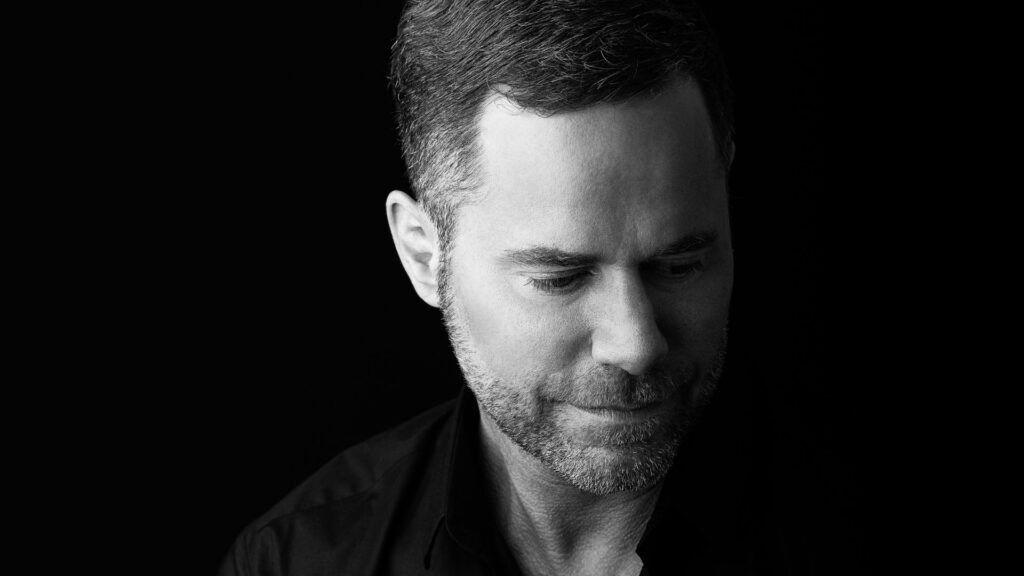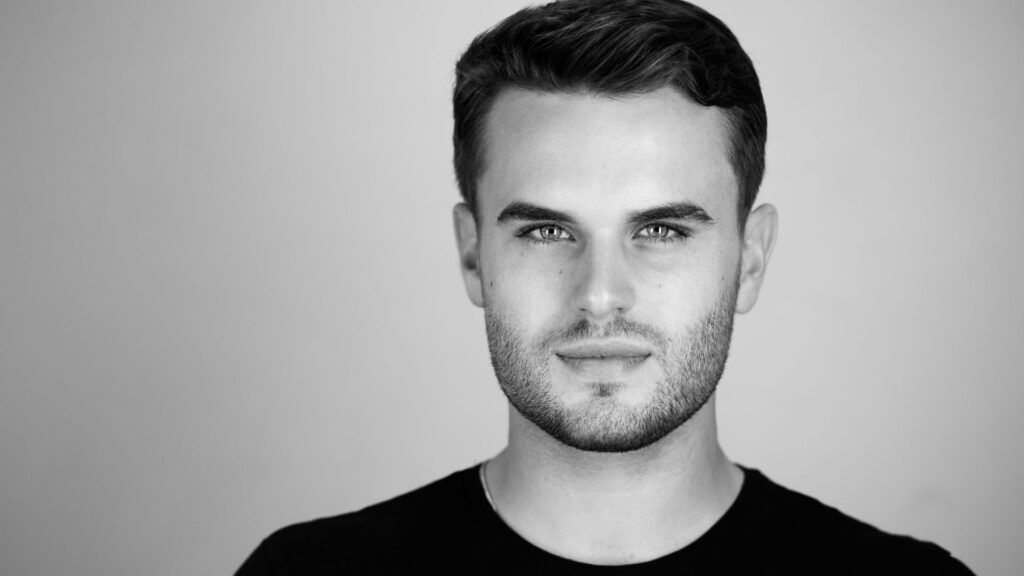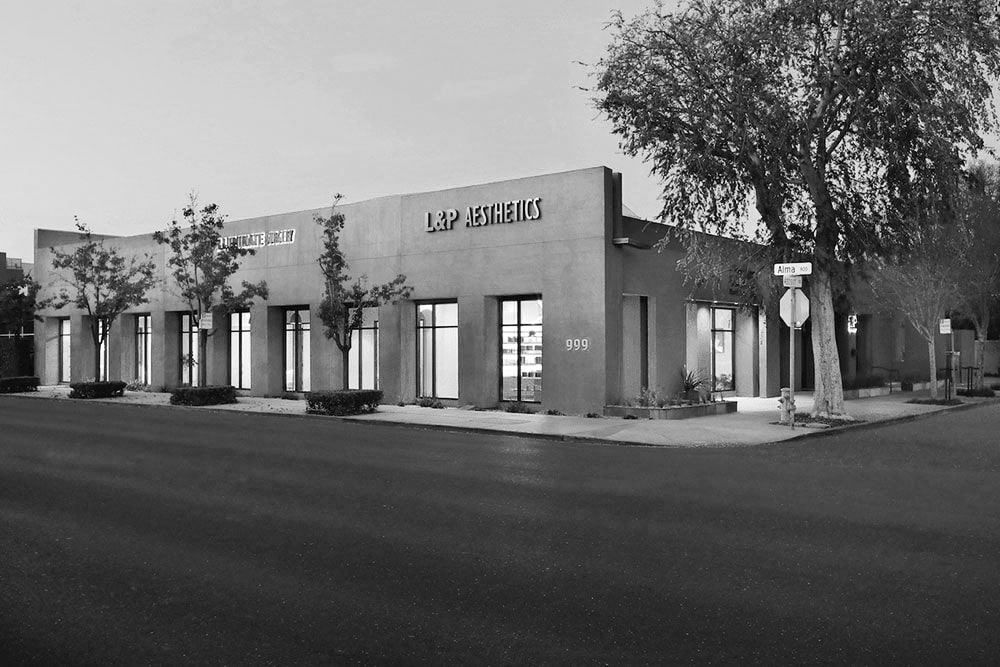Your Visit to Our Office
Your life-changing hair restoration treatment begins the day you arrive for your first consultation at the Lieberman & Parikh Center for Hair Restoration. Dr. David Lieberman or Dr. Sachin Parikh will help determine the scope of your hair loss, its possible causes, and the ideal course of action. Our staff will work with you in the following days to be sure you understand the nature of your treatment and what you can do to prepare for your procedure. Find out where to stay and what to do during your visit here.
Experience shows that the patients who prepare by getting facts, taking care of their health, and setting up aftercare in advance of their procedure enjoy the results of their efforts, including peace of mind and fewer complications.
This natural progression of aging has become increasingly difficult to accept because people are feeling much younger and energized with the advent of healthier lifestyles, cleaner diets, and improved medical care. Feeling much younger than you appear is addressed using a comprehensive approach to facial rejuvenation.
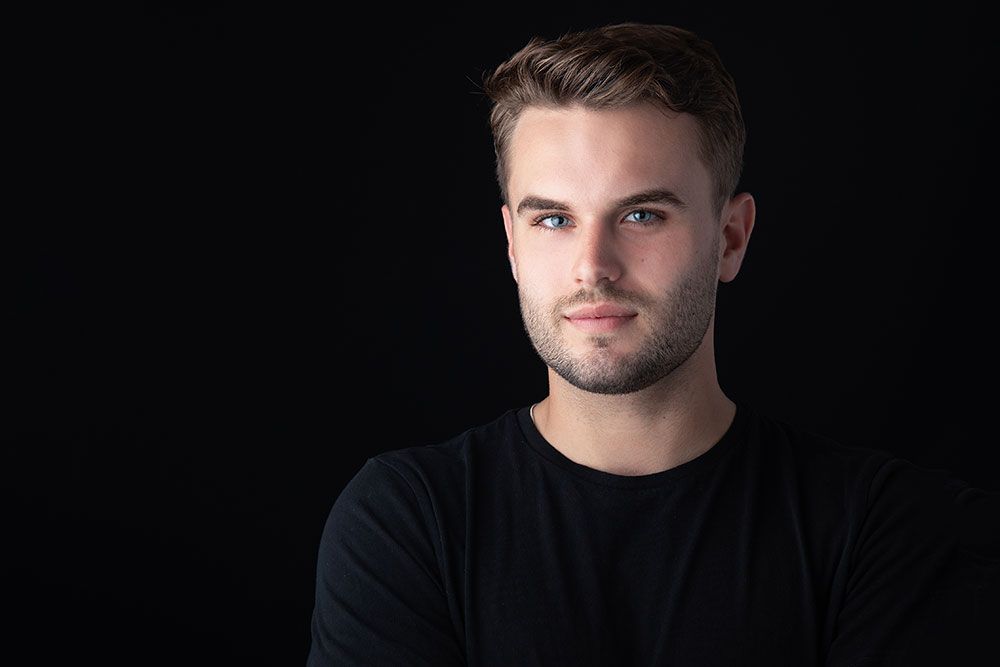
Every Hair Restoration Begins With Knowledge
The Lieberman & Parikh Center for Hair Restoration team aims to equip patients with the facts they need to know about their own hair loss and their chosen treatment. This includes classifying their hair loss, understanding the life of a follicle, and exploring the most common causes of hair loss for men and women. Patients are also encouraged to familiarize themselves with the doctors: David Lieberman, MD, and Sachin Parikh, MD.

Why L&P and What to Do Before Your Hair Restoration Procedure
We inform our patients — in person and on our website — what to do and expect in the weeks before their hair transplant procedure. Following the guidelines is essential to maximizing your health and the procedure’s results.
When you arrive for your hair transplant, you will be made comfortable and given an opportunity to get settled. The process begins by numbing the scalp. General anesthesia or an IV is not necessary, so you will remain awake throughout your procedure. Pain medication is available, though most patients find that the sensations they experience are more uncomfortable than painful. You are free to occupy yourself during the session, so you may want to bring a book, tablet, or similar diversion to use during your hair transplant.
Many patients find that increasing their vitamin C intake a few days in advance of their hair restoration appointment boosts their body’s healing strength, promoting quicker recovery.
Since hair restoration via FUE involves numbing the scalp, and some patients elect to use pain medication as well, setting up a ride home ahead of time is imperative, and lining up a responsible adult to stay overnight is recommended.
Patients who work also typically arrange for seven to 10 days off from their jobs to allow ample time for recovery and rest, as well as for most obvious signs of a recent hair restoration procedure to fade.
Hair Transplant Before and After Gallery
View real results from real patients below.
More Hair For Younger Male
This patient from San Francisco began losing hair in his 20’s and wanted to do something about it before the hair follicles became totally inactive. Fortunately, he found Drs. Lieberman and Parikh who were able to give him a successful hair transplant focusing mostly on the crown of the head. The patient loves his results and says that his confidence has been restored.
Hair Restoration for Silicon Valley Executive
This Silicon Valley executive came to Drs. Lieberman & Parikh because he was feeling very old around his younger co-workers and wanted to make a change. Through hair restoration, the doctors were able to bring more fullness to his hair and restore his confidence.
Dramatic Results for Young Man Wanting Hair Restoration
This patient of ours was having front hair loss and wanted to fill in the gaps, he felt much more confident after taking care of these small details in his appearance that made a big difference.
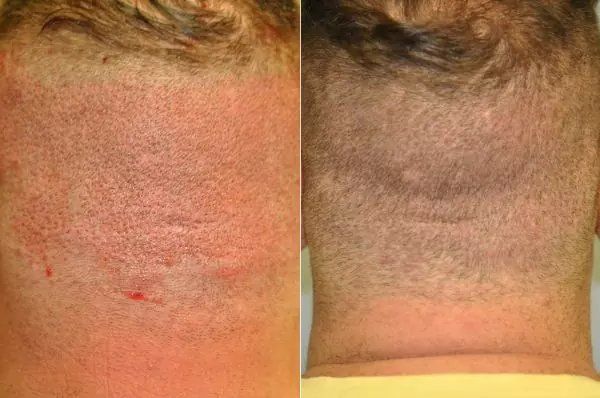
Two Days After Hair Restoration
Many patients want to know what their hair will look like immediately after a NeoGraft hair transplant. These photo show the shaved hair style this patient chose to get before the transplant and what he looked like two days afterwards. At three days, this patient felt comfortable returning to work.
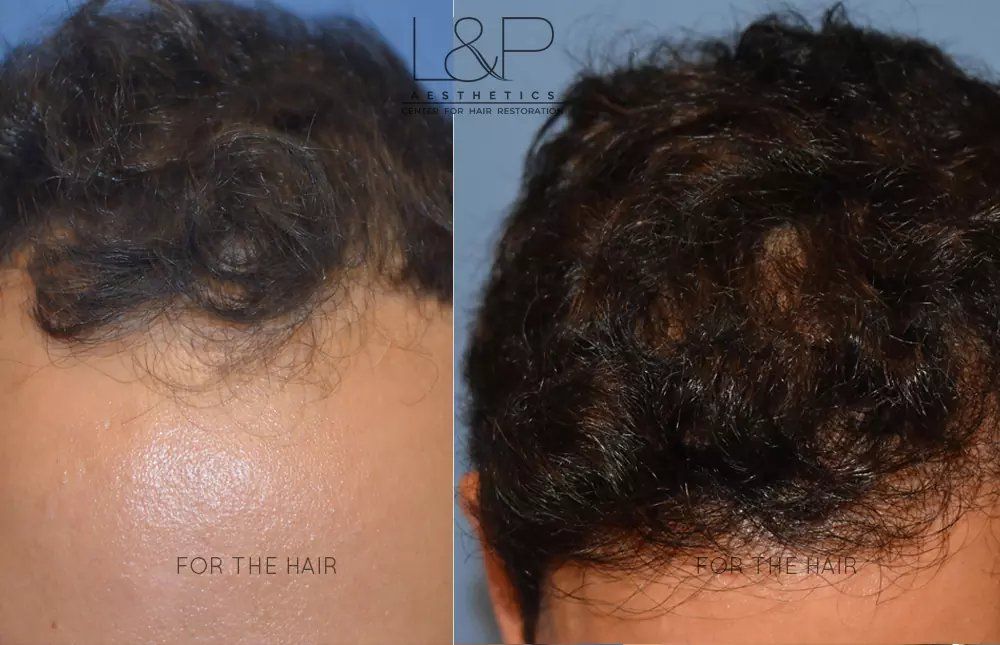
38-Year-Old Male Gets 2200 Grafts
This 38-Year-old male from Silicon Valley found Drs. Lieberman and Parikh after he did intense research for the best hair restoration surgeons in Northern California. His hairline was receeding faster than he wanted and the overall coverage was thinning out. He got a hair transplant of 2200 grafts and is ecstatic about the results.
Recovery and Beyond
One of the best ways to prepare for a hair restoration procedure is to be informed. Learn more on our Frequently Asked Questions page, and be sure to familiarize yourself with the available hair restoration procedures and treatments throughout our website.
Preparing for a Hair Restoration Procedure FAQs
While many of the advanced techniques used at the Lieberman & Parikh Center for Hair Restoration are less invasive than other surgeries, they still involve methods that will cause some bleeding. Patients are advised to cut back on anything that may increase the risk of bleeding or limit healing at least a week before their scheduled procedure.
This may include:
- Advil, ibuprofen, and similar medications
- Alcohol intake
- Any medications that reduce the ability to form a blood clot such as Coumadin, Plavix, and aspirin (if medically appropriate)
Talk to your primary care physician about any daily or regular medications you are required to take and how they may interact with your hair restoration plans. Your continued health and safety is most important, but a delayed or otherwise altered schedule may be possible.
Patients who don’t smoke or who stop smoking for at least two weeks before their hair restoration can have improved healing due to well-oxygenated blood and improved blood flow.
Patients will receive a more detailed list from their doctor explaining what to avoid in the days and hours preceding a procedure in order to minimize risks and complications and maximize the aesthetic outcome.
Follicular unit extraction requires that patients have the back and sides of their hair cut very closely to the scalp. For men, this typically means shaving with the razor at a No. 1 or 0 setting. While the Lieberman & Parikh Center for Hair Restoration team will cut your hair on the morning of your appointment, we recommend that male patients “try on” a shorter haircut for the back and sides about one week before coming in. While short hair is necessary for an FUE, it also gives the patient and those around him some time to get used to a new hairstyle so that a close-cropped scalp does not comes as a shock immediately after the procedure.
For women, the doctors use existing hair to cover thin strips shaved into the donor sites, so female FUE patients are encouraged to grow their hair out as long as possible and wear it in a style with the procedure in mind.
Preparation for a hair restoration procedure should include familiarizing yourself with what will come immediately after. While you will receive specific care instructions that should be followed, know that you should generally plan on taking antibiotics and other medications to help with healing, sleeping with your head elevated for about a week, refraining from strenuous physical activity for the same amount of time, avoiding vigorous hair washing for several days, and scheduling appointments for follow-up care with the doctors.

